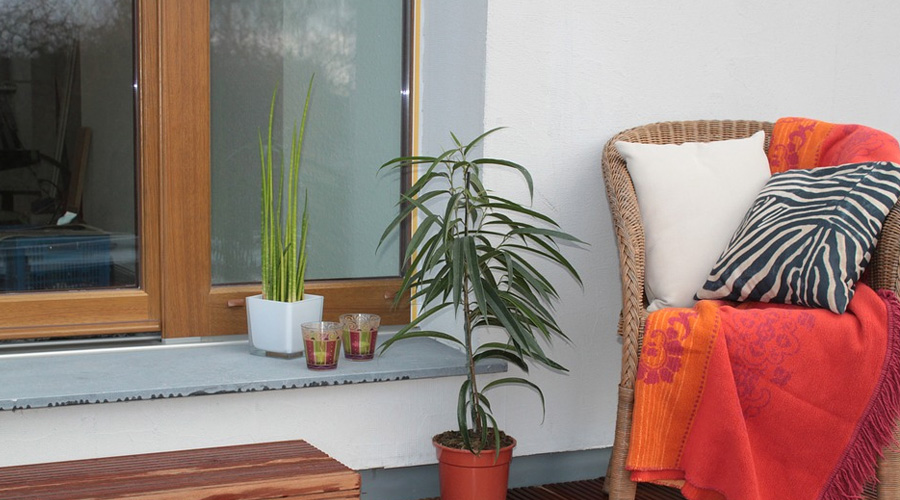Question 1
What is the primary goal of Conversion Rate Optimization (CRO) in online retail?
- A) To increase website traffic
- B) To enhance the website’s visual appeal
- C) To increase the percentage of visitors who take a desired action on a website
- D) To reduce website hosting costs
Question 2
Which tool is commonly used to understand user behavior on a website?
- A) Photoshop
- B) Google Analytics
- C) Microsoft Excel
- D) Adobe Premiere
Question 3
What does A/B testing typically involve?
- A) Comparing the performance of two different marketing teams
- B) Testing two different website versions to see which performs better
- C) Checking the website on A and B versions of web browsers
- D) Sending two versions of an email to the same customer
Question 4
A high bounce rate on a product page could indicate:
- A) The page content is highly engaging
- B) The website’s server is exceptionally fast
- C) Potential issues with the page’s content or usability
- D) That the product is out of stock
Question 5
What is an important best practice for A/B testing?
- A) Test as many variables as possible at once to speed up the process
- B) Ensure the test runs for a minimum of 24 hours for best results
- C) Test one variable at a time to accurately measure its impact
- D) Use the results from another website’s A/B test to save time
Question 6
Why is mobile optimization considered crucial for online retail sites?
- A) Mobile devices are less secure than desktop computers
- B) Most people use mobile devices exclusively for gaming
- C) A significant portion of online shopping is done on mobile devices
- D) Mobile devices do not support JavaScript
Question 7
Which of the following is a key component of a positive user experience (UX)?
- A) Long load times
- B) Complicated navigation
- C) Clear and compelling content
- D) Hidden contact information
Question 8
In the context of CRO, what role does analyzing session recordings play?
- A) Helps identify which products to stock more of
- B) Provides insights into real user interactions with the site
- C) Measures the website’s loading speed
- D) Counts the number of visitors to the site each day
Answers
- C) To increase the percentage of visitors who take a desired action on a website
- B) Google Analytics
- B) Testing two different website versions to see which performs better
- C) Potential issues with the page’s content or usability
- C) Test one variable at a time to accurately measure its impact
- C) A significant portion of online shopping is done on mobile devices
- C) Clear and compelling content
- B) Provides insights into real user interactions with the site
Short-Answer Questions on Diagnosing Conversion Issues and Proposing Optimization Strategies
Question 1
Your e-commerce site’s product page has a higher than average bounce rate. What steps would you take to diagnose the cause of this issue, and what potential optimization strategies could you propose?
Question 2
After reviewing session recordings, you notice that many users abandon their shopping carts after reaching the shipping information section. What might be causing this issue, and how could you address it to improve conversions?
Question 3
You observe through heatmaps that users are not interacting with the main call-to-action (CTA) button on your homepage as much as expected. What factors could contribute to this low interaction, and what changes might increase user engagement with the CTA?
Question 4
An A/B test on your checkout process shows that the variant with a simplified one-page checkout has a 15% higher conversion rate than the control with a multi-step checkout process. How would you implement this finding across your site, and what further tests might you consider running?
Question 5
Your analytics data indicate that mobile users convert at a significantly lower rate than desktop users. What steps would you take to investigate why mobile users are converting less, and what optimization actions could potentially increase mobile conversion rates?
Sample Answers
Answer 1
To diagnose the high bounce rate on the product page, I would first analyze the page’s load time, as slow loading could deter users.
Next, I would review the content for clarity and completeness regarding product information.
Potential optimization strategies include speeding up the page load time, improving the quality and detail of product descriptions and images, and simplifying the page layout to focus user attention on key elements.
Answer 2
Users abandoning carts at the shipping information section could indicate unexpected high shipping costs or limited delivery options.
To address this, I would test offering free shipping thresholds, clearly displaying shipping costs earlier in the shopping process, and providing multiple shipping options to accommodate user preferences.
Answer 3
Low interaction with the homepage CTA could be due to its placement, design, or the clarity of the message.
To increase engagement, I might test different CTA placements (e.g., above the fold), more contrasting colors or designs, and clearer, more compelling action words to see if these changes positively impact user interaction.
Answer 4
Given the positive results of the one-page checkout A/B test, I would roll out the one-page checkout process across the site while monitoring performance to ensure the change consistently improves conversions.
Further tests could involve optimizing elements within the one-page checkout, such as form field design, payment method options, and reassurances on security and privacy.
Answer 5
To investigate the lower conversion rate among mobile users, I would examine the mobile site’s usability, including speed, navigation ease, and responsiveness.
Optimization actions could include enhancing the mobile site design for easier navigation, improving page load times specifically for mobile, and ensuring all features are fully functional and optimized for touch interaction.
Group Project Presentation: A/B Testing Plan and UX Improvement Proposals for “Adventure Gear”
Introduction
Our group project focuses on “Adventure Gear,” a hypothetical e-commerce store specializing in outdoor equipment and apparel.
We identified the product detail page as a significant conversion barrier and propose an A/B testing plan alongside UX improvement strategies to enhance conversions.
A/B Testing Plan
- Objective: To increase the conversion rate on the product detail pages.
- Hypothesis: Simplifying the product detail page layout and making CTAs more prominent will increase the conversion rate.
- Test Elements:
- Control (Version A): The current product detail page with multiple CTAs and a complex layout.
- Variant (Version B): A simplified layout with a single, prominent “Add to Cart” button and less clutter.
- Success Metrics:
- Primary metric: Increase in “Add to Cart” click-through rate.
- Secondary metrics: Time spent on page and bounce rate.
- Duration: The test will run for 4 weeks to ensure statistical significance.
- Audience: 50% of traffic will be directed to each version, randomly selected.
UX Improvement Proposals
-
Mobile Optimization:
- Rationale: A significant portion of users accesses the site via mobile devices, yet the current design is not fully responsive.
- Proposed Changes: Implement a mobile-first design philosophy, ensuring all elements are touch-friendly and load times are minimized.
- Expected Impact: Improved mobile user experience leading to a higher mobile conversion rate.
- Success Measurement: Increase in mobile conversions and decrease in mobile bounce rate.
-
Navigation Simplification:
- Rationale: Users find it difficult to navigate the extensive product categories.
- Proposed Changes: Streamline the navigation menu and introduce a more intuitive categorization system with a search autocomplete feature.
- Expected Impact: Users will find products more quickly, improving the overall shopping experience.
- Success Measurement: Reduced time from homepage to product page and increased user engagement with the search function.
-
Checkout Process Streamlining:
- Rationale: High cart abandonment rate during the checkout process.
- Proposed Changes: Introduce a one-page checkout with fewer form fields and clear progress indicators.
- Expected Impact: Reduced cart abandonment rate and increased conversions.
- Success Measurement: Increase in checkout completion rate and overall site conversion rate.
By implementing the proposed A/B test and UX improvements, we aim to address the identified conversion barriers on Adventure Gear’s website.
The simplified product page layout (Version B) is expected to directly impact user engagement and conversion rates positively.
Additionally, enhancing the mobile experience, simplifying site navigation, and streamlining the checkout process are crucial steps toward creating a more user-friendly environment that encourages conversions.
Next Steps
- Execute the A/B test according to the outlined plan, closely monitoring performance against the defined success metrics.
- Gradually implement the UX improvements, starting with high-impact, low-effort changes.
- Continuously measure the impact of these changes, using the insights to further refine and optimize the user experience on “Adventure Gear.”
This presentation showcases our strategic approach to tackling conversion challenges through data-driven A/B testing and user-centric design optimizations, aimed at boosting “Adventure Gear’s” online performance.














